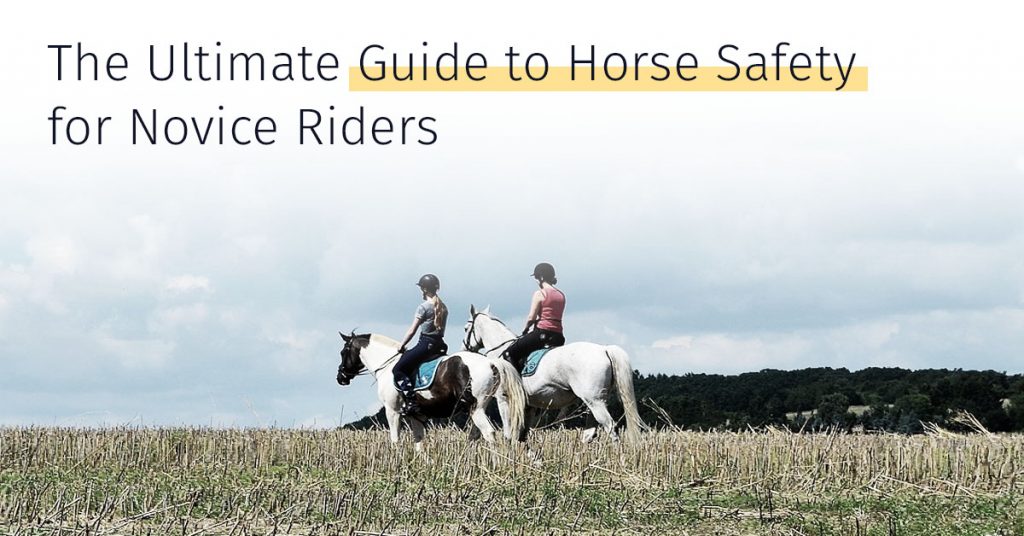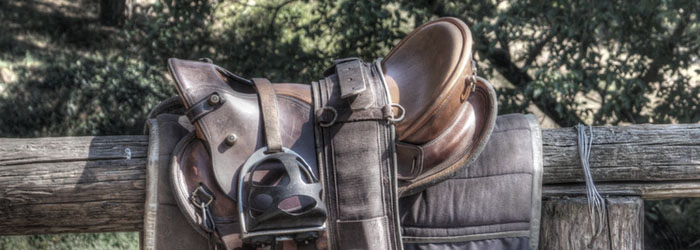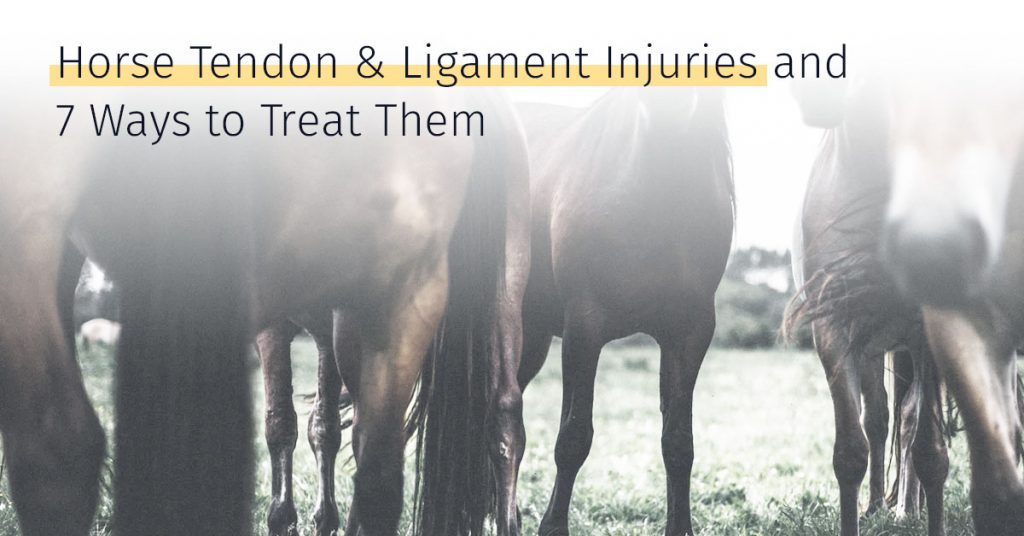
Everyone has to start at square one, we’re sharing some easy tips on how to become confident in the saddle and move forward to be the horse rider you wish to be!

1. Body movement is key
These three common mistakes from novice riders are easy to solve with little tweaks, check them out:
Letting your reins slide
Reins are basically the steering wheel to your horse; they are how you cue your horse and guide them as desired. Through experience, a rider learns to accommodate the horse’s natural head movements as they stride, however before this ability is established you may find the reins pull through your hands and so a lack of comfortable control.
Top Tip:
Remember the reins are not there to allow for your horse’s movements, they should be fixed in your hands and it is your arms that should enable your horse to move freely.
This does come with experience, but the basics come with allowing your arms the hang down by your side and move subtly with the movements, treat your shoulders as hinges.
Hands in the air
A natural reaction when inexperienced in the saddle is to try and establish your balance. Instinctually we use our hands and arms to balance ourselves when feeling insecure, this can result in the rider’s hands being way up in the air, sometimes even at shoulder height! This issue with this is that it leaves your reins far too long and therefore you completely out of control of your horse.
Top tip:
Keeping your hands at hip level, concentrate on aligning your seat and core to the horse’s movement.
Gripping Tightly with your legs
Horse’s are very reactive to the body language of their rider. A natural reaction when feeling nervous is to clench and grip with your upper and lower leg or both, not only is this tiring for you but can negatively affect the mood of your horses. Furthermore, the horse’s understanding of applied pressure may be to move forward, knocking your ability to obtain good balance, making you even more uneasy!
Top tip:
Focus on aligning from your ear, through your shoulder and hip, to your heel. Whilst sitting in the saddle allow the weight to fall to your heel by letting your leg hang from your hip.
[mailmunch-form id=”785167″]

2. Safety builds confidence
We love our horses, they’re beautiful animals, but we must remember that they are large and often unpredictable. Therefore, gaining valuable safety knowledge as a novice rider is very important.
1. Appropriate footwear is a must. Flip-flops, sandals, mesh or any thin shoes are not going to save your tootsies if your four-legged accidentally stands on them.
2. To avoid spooking your horse, approach or touch from the front in order to get their attention.
3. Being calm and quiet around your horse is important, any loud noises or sudden movements can trigger then to kick out or jump sideways.
4. We all know how much horses like treats, especially carrots! Give them out of buckets to avoid them mistaking your fingers for one!
5. Quick release knots and panic snaps are the best options when tying; if your horse spooks and pulls it means they can free themselves easily. The feeling of being constrained can scare the horse causing them to panic and as a result, hurt themselves or you.
6. Never stand behind your horse, even if you’re grooming their tail. Stand to one side and gently pull it towards you. The best place to stand is next to them behind their shoulder where you can both see each other.
7. Putting on leg bandages or cleaning your horses’ hooves can be tricky, be sure to bend over, not squat or kneel when doing so. This will allow you to move quickly if needed.
8. When cleaning your horse’s stable, grooming or saddling up, to avoid chaos breaking out, it’s best to tie your horse up. However, try not to leave them unattended, while mucking out, turn them out or move them into another stall if possible.
9. For comfort, it’s always tempting to loop lead ropes, reins or lunge lines around your hand and other body parts. However, if your horse is to pull away or rear up you may end being dragged and seriously injured.
10. Whenever riding check your tack is fitted well, is secure and isn’t damaged. Loose threads, tired leather or ill-fitted saddles can cause accidents.
11. Horses can be easily startled when going through doorways always make sure it is fully open to avoid then hitting it.
12. When you lose your horse into their pasture, remove the halter facing the horse towards the gate. The prospect of freedom can get them very excited, doing this will reduce the likeliness of them from galloping off and accidentally taking you out at the same time or trying to go before the halter is fully removed.
13. Understand their body language, if your horses’ ear is pinned back, they aren’t going to be in the best of moods. Tailor your approach/actions around this.
14. Be confident, your horse will take confidence from you as a confident handler.
15. Never be afraid to ask for advice or guidance, every day can be a school day!

3. Forget the nerves
Horses can sense and will respond to the feelings of us as a rider, often mirroring the emotion.
If you approach a horse with nerves, they will feel the same and it will encourage them to act unpredictably.
Nerves stem from overthinking about what bad things may have, be proactive, not reactive. Trying to think about how you’ll resolve any issue you face will worsen your nerves and distract you from noticing when a situation that may cause your horse distress is upcoming.
When riding or working with a horse, focus on that situation then, focus on your surroundings and the behavior of the horse.
Not only will this put you in full control but will distract you from having negative thoughts. This mind frame will grow the confidence you have in your ability to deal with the horse in situations that may jeopardise their and your safety, therefore eliminating any fear prior to the experience.
Author Bio
Emily Davis works at Cheval Liberte as a community manager. Cheval Liberté has been designing, developing and producing stalls, stables, and stable equipment since 1995, Driven by their passion for horses, Cheval Liberté was founded by both riders and breeders and since 2005 this passion has been implemented in the UK.



